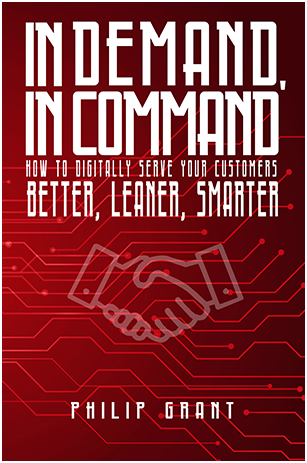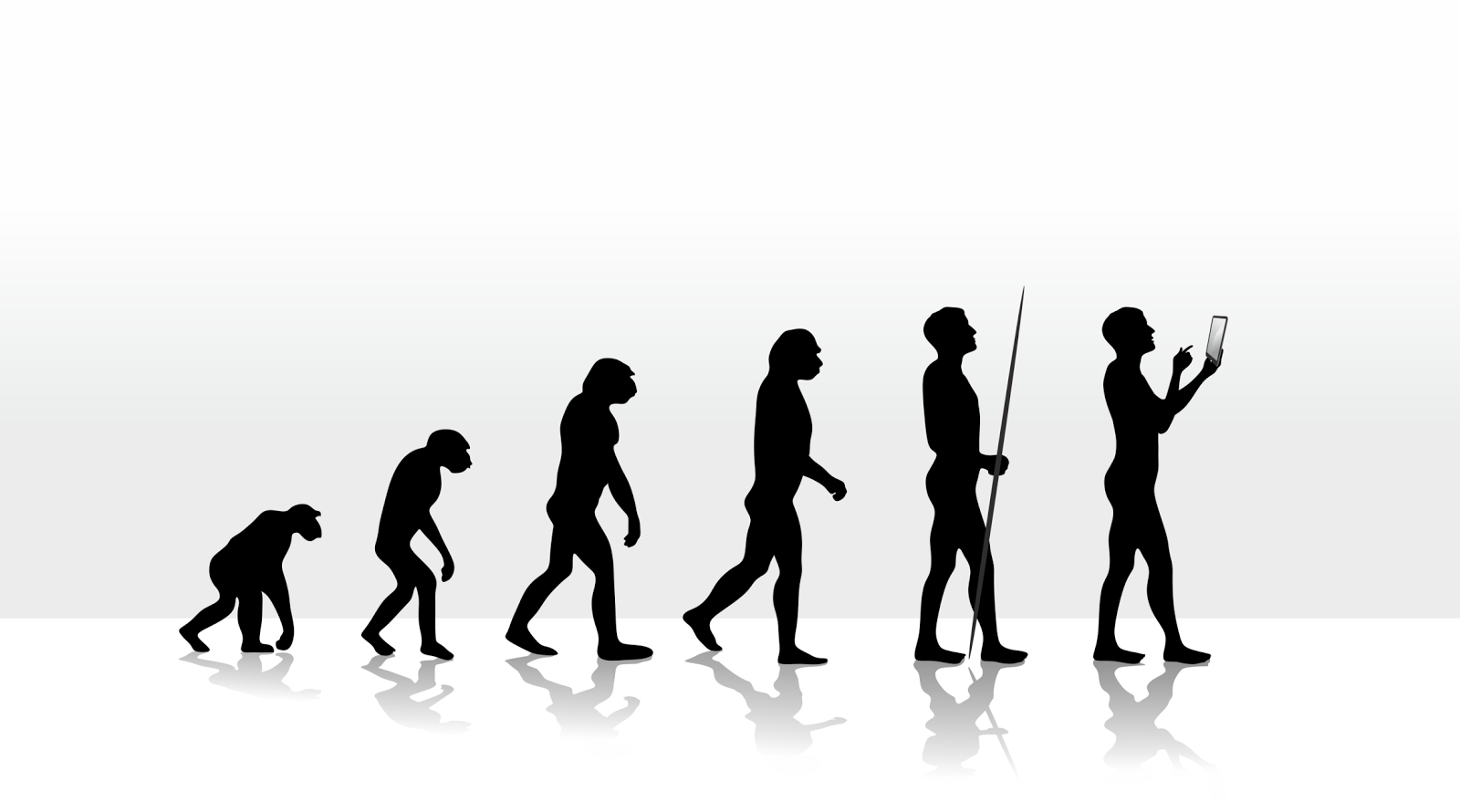
In Demand In Command
6. Change is a Constant

“It is not the strongest of the species that survives, or the most intelligent, but those most able to adapt to change”. Darwin
Organisations that don’t periodically renew themselves can suffer from symptoms such as: silo mentality, turf battles, mistrust and ‘empire’ protectionism; sub-standard learning and improvement culture; inefficient or over-complex processes with handover breakdowns and wasted/failure effort; lack of, or inconsistent data, analytics, metrics and outcomes-driven focus.
What then, are some of the prime considerations?
· Change is leadership led, and that the whole organisation should be engaged in understanding your vision, purpose and goals – the ‘WHY?’
· Defining basic design principles - consolidating, harmonising, improving and simplifying core business processes – even developing a Future Operating Model
· Organising people around customer needs and aspirations, not around business silos
· Defining the governance structure that provides strategic, coordinating and operational support and leverage
· Business integration, not just systems integration – develop cohesion across people, process, technology, data, performance, location etc.
· Embed commitment - Enable ongoing stakeholder collaboration, learning, knowledge-share, empowerment, and consistent, coherent communications.
Again, when it comes to engaging with your customers and the general public, ask less of “How did we do?” and continually more of “How can we do better?”. Be a learning organisation, turn your data into knowledge, empower your people, and over-deliver on your promises and commitmentsPost Views : 346